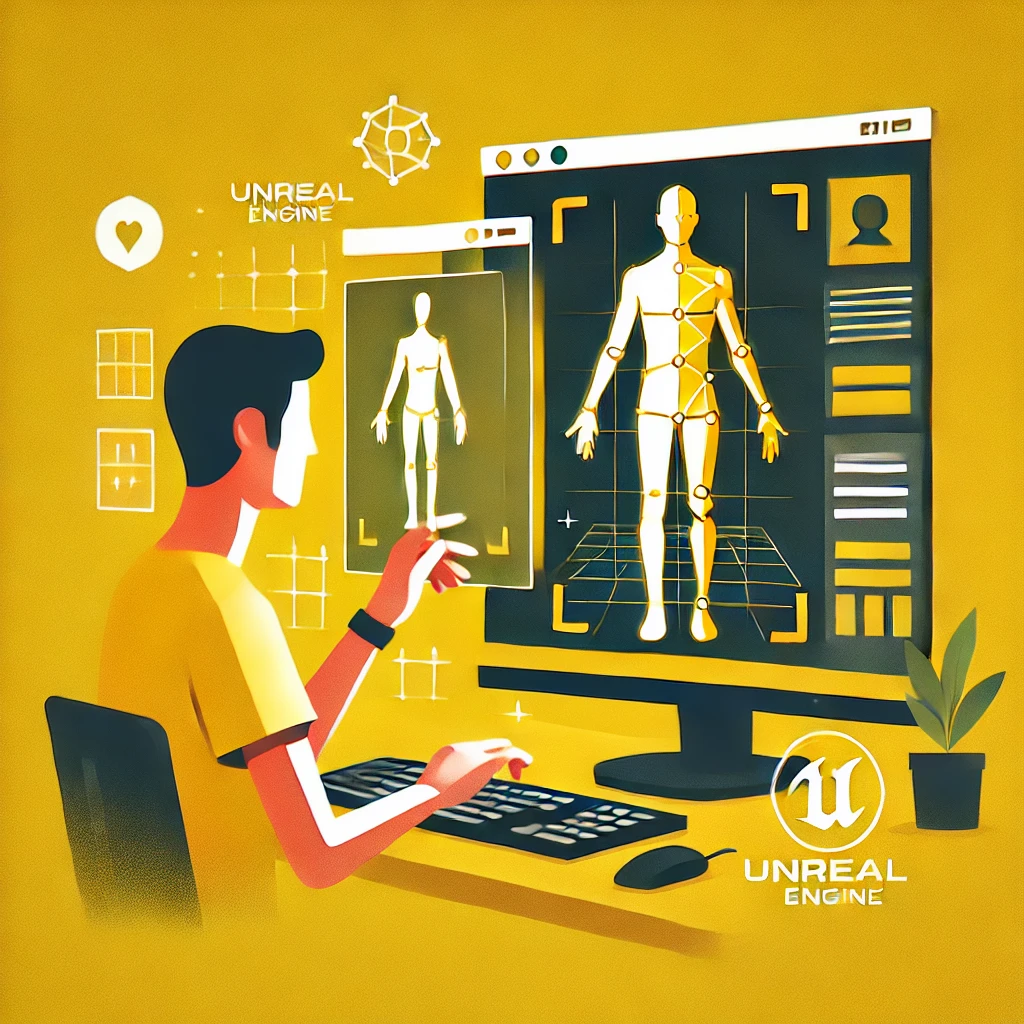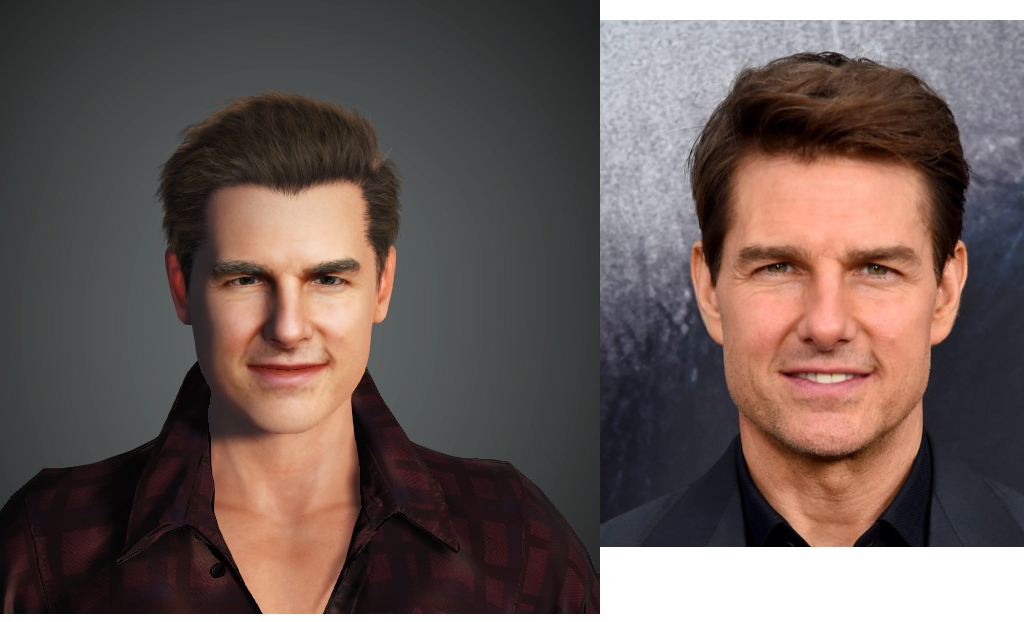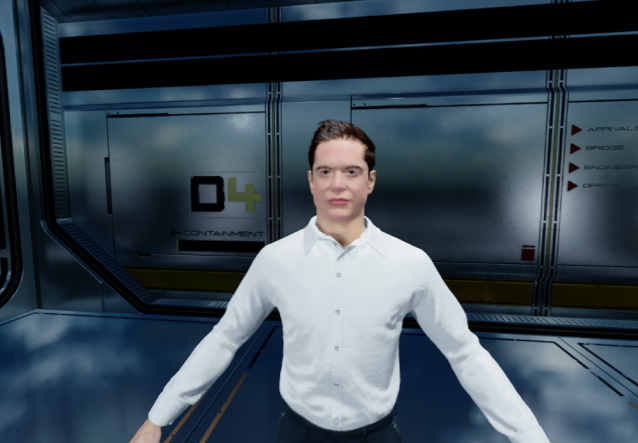Creating a Metahuman of Tom Cruise Using Unreal Engine 5
Introduction:
The task of creating a digital representation of Tom Cruise using Metahuman and Unreal Engine 5 (UE5) is both a technical and creative challenge. The goal is to produce a highly realistic and animated digital double that can be used in various media applications, such as films, games, and virtual experiences. This blog post explores the step-by-step process undertaken to achieve this feat, highlighting the tools, techniques, and challenges encountered along the way.

Project Overview
The project commenced with a clear set of requirements from the client. They wanted a lifelike Metahuman version of Tom Cruise, focusing on key facial features and realistic hair. The final output was to be integrated into Unreal Engine, ensuring compatibility and ease of use for future animations and modifications.
Step-by-Step Process
1. Requirement Gathering The initial phase involved a virtual meeting with the client to understand their vision and expectations. This meeting helped establish a clear set of requirements, including the desired level of detail, specific facial features, and hair style.
2. Planning and Milestones A detailed timeline with milestones was created to ensure the project stayed on track. This included deadlines for each phase, such as initial drafts, client feedback sessions, and final delivery.
3. Creating the Base Model Tom Cruise’s base model was created using Metahuman Creator and Character Creator software. These tools allowed for the customization of facial features, skin texture, and hair. The focus was on achieving a high level of realism, particularly in the eyes, mouth, and hair.
4. Detailing the Facial Features The client emphasized the importance of accurate facial features, including the shape of the face, chin, and jawline. Advanced sculpting tools within Metahuman Creator were used to refine these aspects, ensuring the digital double closely resembled Tom Cruise.
5. Hair Realism Achieving realistic hair was a significant challenge. The hair needed to look natural and lifelike, with individual strands and accurate shading. Various hair textures and styles were experimented with until the desired result was achieved.
6. Animation Integration Once the model was finalized, the next step was to integrate it into Unreal Engine. This involved importing the Metahuman model and setting up the necessary animations. Motion capture data was used to animate the model, ensuring realistic movements and expressions.
7. Client Feedback and Revisions Throughout the process, regular feedback sessions were held with the client. This iterative approach allowed for adjustments and refinements based on client input. Specific attention was given to areas highlighted by the client, such as facial expressions and hair movement.
8. Final Touches and Delivery The final phase involved adding the finishing touches, such as refining the textures, lighting, and overall presentation. The completed Metahuman model was then delivered to the client, ready for use in their Unreal Engine projects.
Please Visit to this page:
Tools and Software Used
- Metahuman Creator: A powerful tool for creating highly realistic digital humans. It offers extensive customization options for facial features, skin texture, and hair.
- Character Creator: Used alongside Metahuman Creator, this software provides additional tools for creating and customizing 3D characters.
- Unreal Engine 5: The chosen platform for integrating and animating the Metahuman model. Its advanced capabilities allow for lifelike animations and real-time rendering.
- Motion Capture: Used to capture realistic movements and expressions, adding a layer of authenticity to the digital double.
Challenges and Solutions
- Achieving Realism: One of the biggest challenges was achieving a high level of realism, particularly with facial features and hair. This was addressed by using advanced sculpting tools and experimenting with various hair textures and styles.
- Client Expectations: Meeting the client’s expectations required regular communication and feedback sessions. This iterative process ensured that the final product aligned with the client’s vision.
- Technical Integration: Integrating the Metahuman model into Unreal Engine posed technical challenges. These were overcome by thorough testing and adjustments to ensure compatibility and performance.



Conclusion
Creating a Metahuman of Tom Cruise using Unreal Engine 5 was a complex yet rewarding project. The combination of advanced tools, meticulous attention to detail, and regular client feedback resulted in a highly realistic and versatile digital double. This project showcases the potential of modern 3D creation tools and sets a benchmark for future digital human projects.
For more detailed insights and to see the final results, visit VideoChef’s blog.


